- With standard equipment
- With safety pack
Find more information in the General Comments section of the assessment
Find more information in the Rating Validity tab of the assessment
- See More
- See More
- See More
- See More
- Good
- Adequate
- Marginal
- Weak
- Poor
 Rear Seat
Rear Seat
 Front Seat
Front Seat
- Good
- Adequate
- Marginal
- Weak
- Poor


Passenger
outboard
Fitted to the vehicle as standard
Not fitted to the test vehicle but available as option
Not Available
-
i-Size CRS
-
ISOFIX CRS
-
Universal Belted CRS
Easy
Difficult
Safety critical
Not allowed
| Seat Position | |||
|---|---|---|---|
| Front | 2nd row | ||
| Passenger | Left | Right | |
| Maxi Cosi 2way Pearl & 2wayFix (i-Size) | |||
| Maxi Cosi 2way Pearl & 2wayFix (i-Size) | |||
| BeSafe iZi Kid X2 i-Size (i-Size) | |||
| Britax Römer TriFix2 i-Size (i-Size) | |||
| BeSafe iZi Flex FIX i-Size (i-Size) | |||
| BeSafe iZi Combi X4 ISOfix (ISOFIX) | |||
| Römer KidFix XP (ISOFIX) | |||
| Maxi Cosi Cabriofix (Belt) | |||
| Maxi Cosi Cabriofix & EasyFix (Belt) | |||
| Britax Römer King II LS (Belt) | |||
| Römer KidFix XP (Belt) | |||
Easy
Difficult
Safety critical
Not allowed
--childOccupantCommentEN--
- Good
- Adequate
- Marginal
- Weak
- Poor

Head Impact 12.8 Pts
Pelvis Impact 2.1 Pts
Leg Impact 6.0 Pts
| System Name | Autonomous Emergency Brake Control | ||
| Type | Auto-Brake with Forward Collision Warning | ||
| Operational From | 5 km/h | ||
| PERFORMANCE | | |||
-
Cyclist from nearside, obstructed view
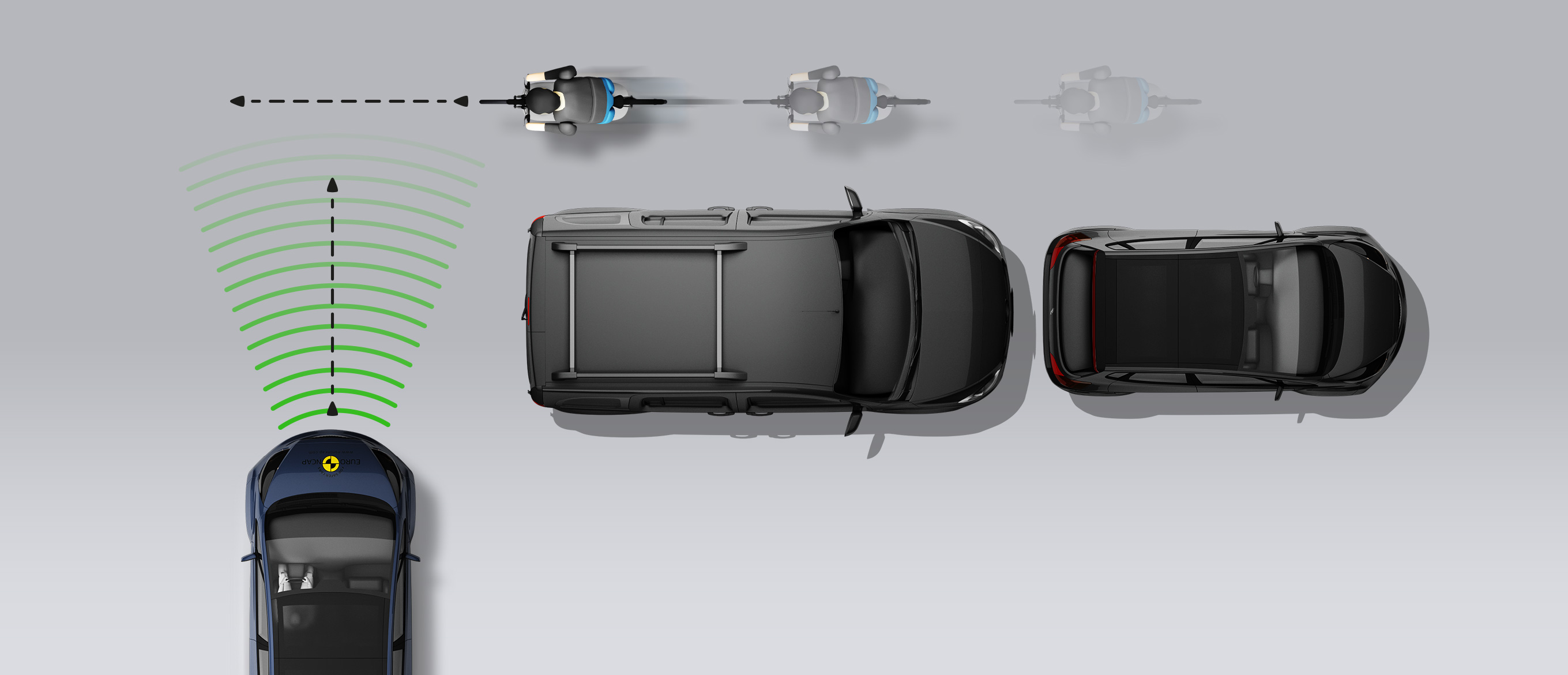
-
Approaching a crossing cyclist
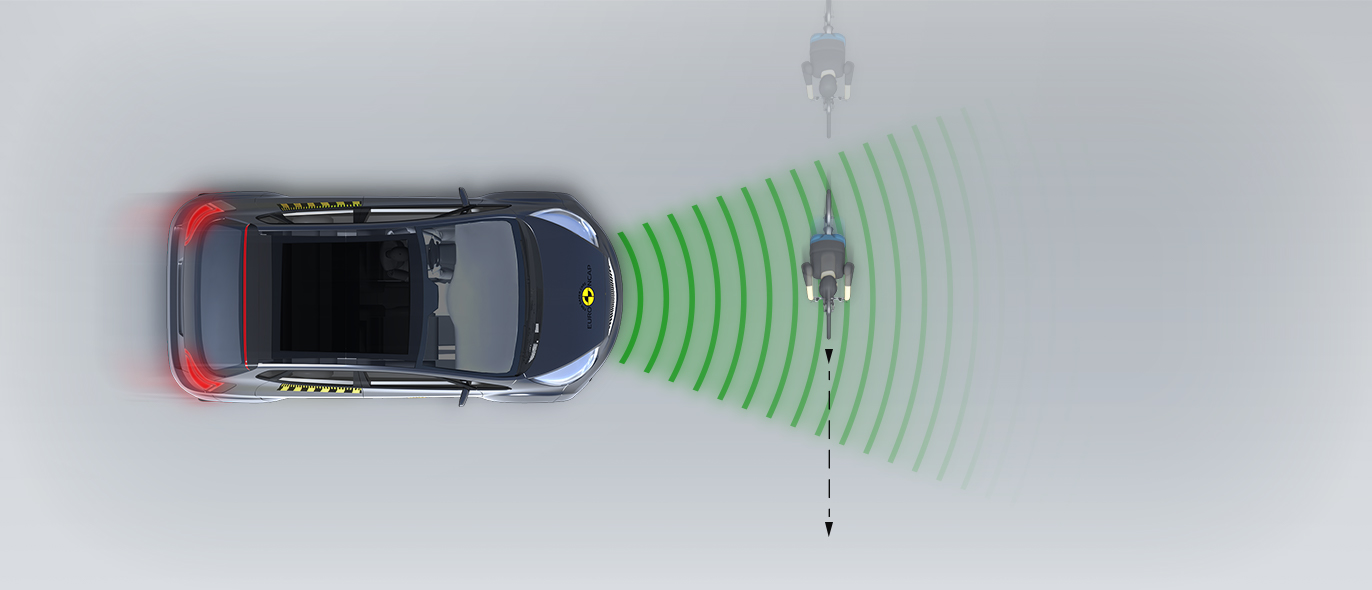
-
Cyclist along the roadside

The protection offered by the bonnet to the head of a struck pedestrian was mixed, some test points demonstrating good protection and others poor. The bumper provided good protection to pedestrian's legs at all test positions. However, protection of the pelvis was mixed, with areas of good and poor protection. The 500e's autonomous emergency braking (AEB) system detects vulnerable road users like pedestrians and cyclists, as well as other vehicles. In tests of the system's response to such road-users, performance was rated as good, with collisions avoided or mitigated in most test cases.
- Good
- Adequate
- Marginal
- Weak
- Poor
| System Name | Intelligent Speed Limiter |
| Speed Limit Information Function | Camera based, subsigns supported |
| Speed Control Function | System advised (accurate to 5km/h) |
| Applies To | Front and rear seats | ||
| Warning | Driver Seat | Front Passenger(s) | Rear Passenger(s) |
| Visual | |||
| Audible | |||
| Occupant Detection | |||
|
|||
| System Name | Attention Assist / Drowsy Driver Alert |
| Type | Vehicle path in lane |
| Operational From | 60 km/h |
| System Name | Lane Control |
| Type | LKA and ELK |
| Operational From | 5 km/h |
| Performance | |
| Emergency Lane Keeping | |
| Lane Keep Assist | |
| Human Machine Interface | |
| System Name | Autonomous Emergency Brake Control | |||
| Type | Autonomous emergency braking and forward collision warning | |||
| Operational From | 5 km/h | |||
| Sensor Used | camera only | |||
The 500e’s autonomous emergency braking (AEB) system performed marginally in tests of its reaction to other vehicles. A seatbelt reminder system is standard for all seats and the 500e is also equipped with ‘Drowsy Driver Alert’, which monitors the car’s path within a lane for patterns which are characteristic of a fatigued or inattentive driver. Lane assistance is provided by 'Lane Control’, a system which corrects the car's path if it is drifting out of lane and which also intervenes in some more critical situations. The speed assistance system detects the local speed limit, and allows the limiter to be set appropriately.
- Specifications
- Safety Equipment
- Videos
- Rating Validity
Specifications
Tested Model FIAT 500e 'ICON', LHD
Body Type - 3 door hatchback
Year Of Publication 2021
Kerb Weight 1328kg
VIN From Which Rating Applies - all 500e
Class City and Supermini
Safety Equipment
Note: Other equipment may be available on the vehicle but was not considered in the test year.
Fitted to the vehicle as standard
Fitted to the vehicle as part of the safety pack
Not fitted to the test vehicle but available as option or as part of the safety pack
Not available
Not applicable
Videos
Rating Validity
Variants of Model Range
| Body Type | Engine | Model Name | Drivetrain | Rating Applies | |
|---|---|---|---|---|---|
| LHD | RHD | ||||
| 3 door hatchback | 87 kW electric motor | Hatchback* | 4 x 2 |  |
 |
| 4 door saloon | 87 kW electric motor | 3+1 | 4 x 2 |  |
 |
| 2 door roadster | 87 kW electric motor | Cabrio | 4 x 2 |  |
 |
* Tested variant

Find more information in the General Comments section of the assessment
 Share
Share

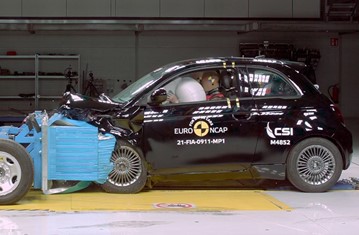
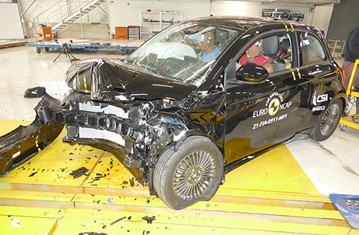
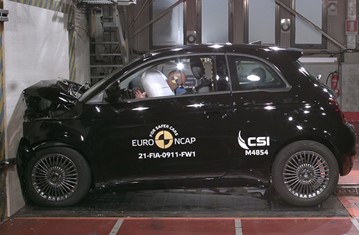



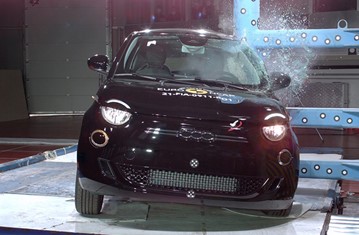









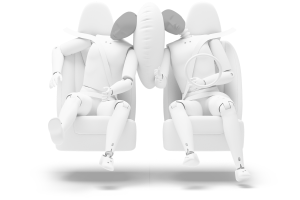
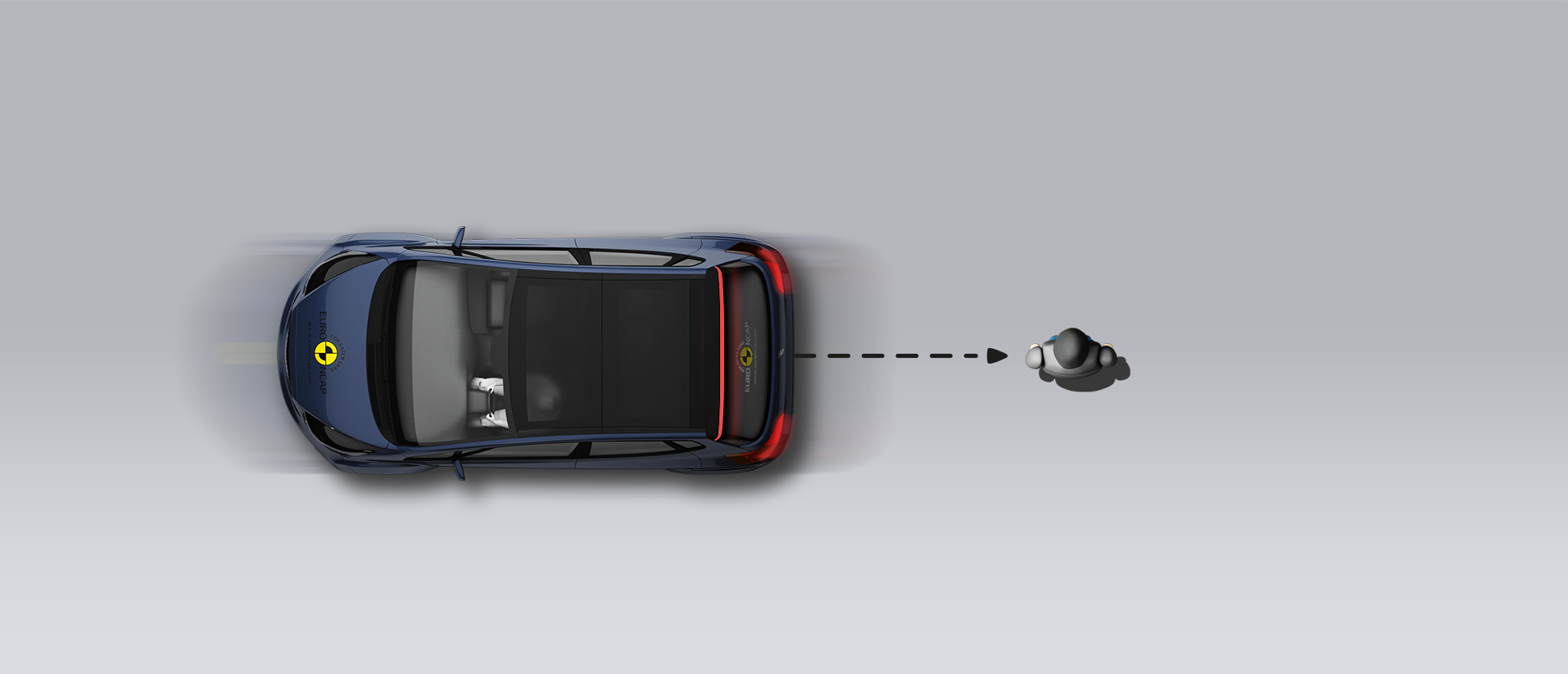
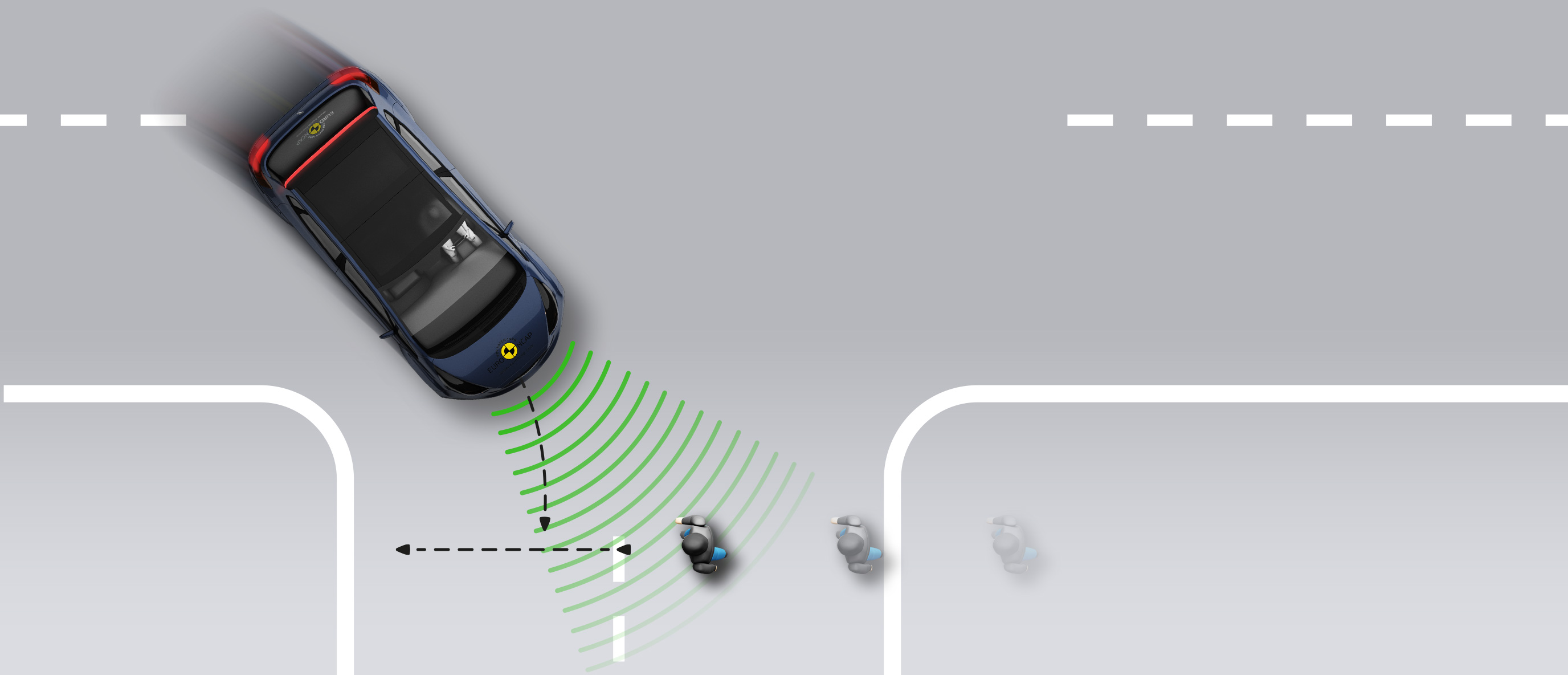

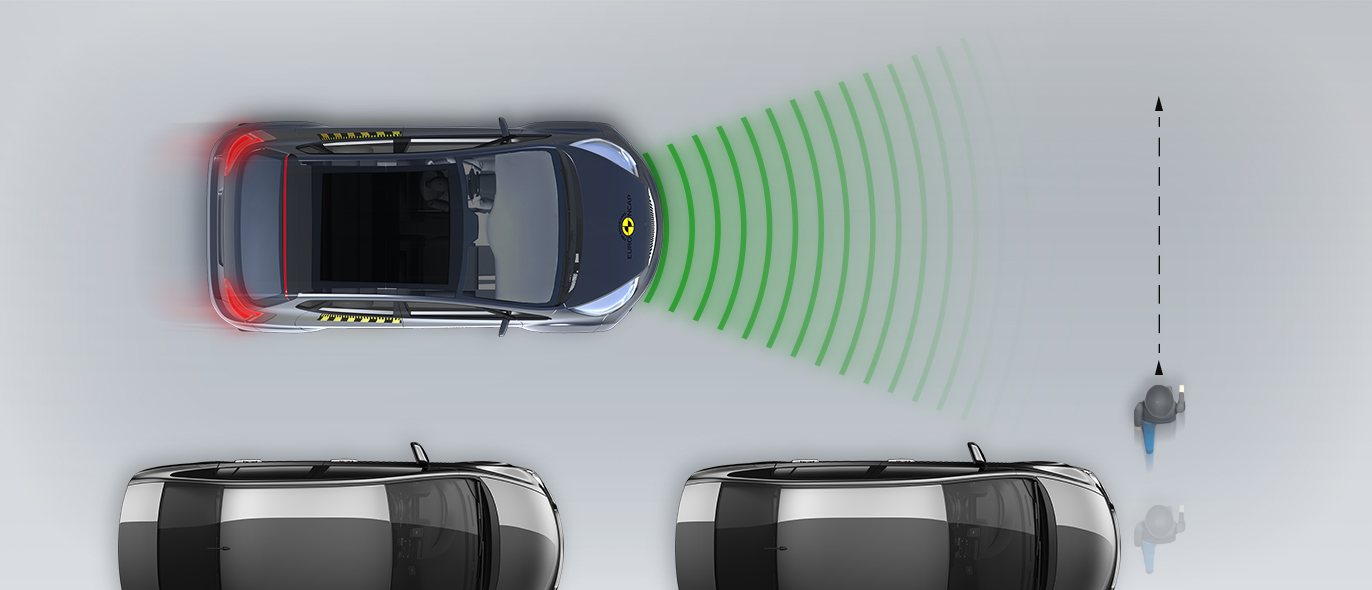



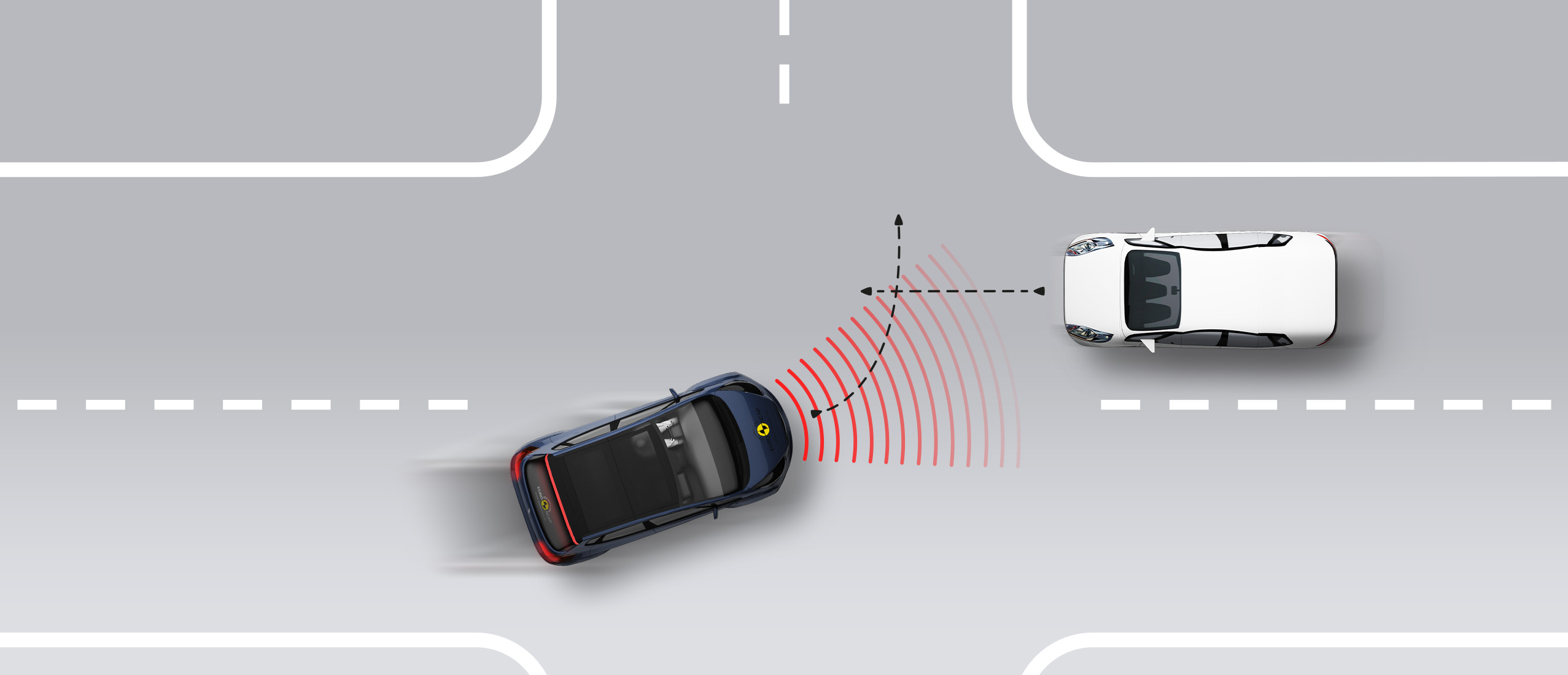



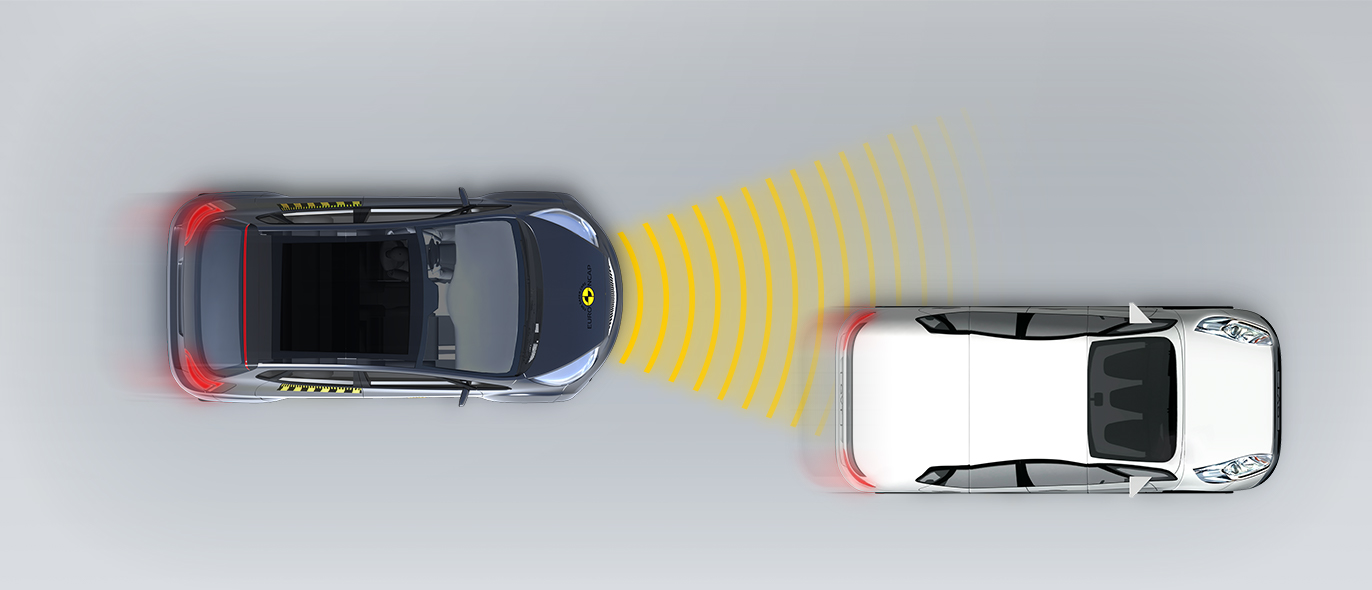
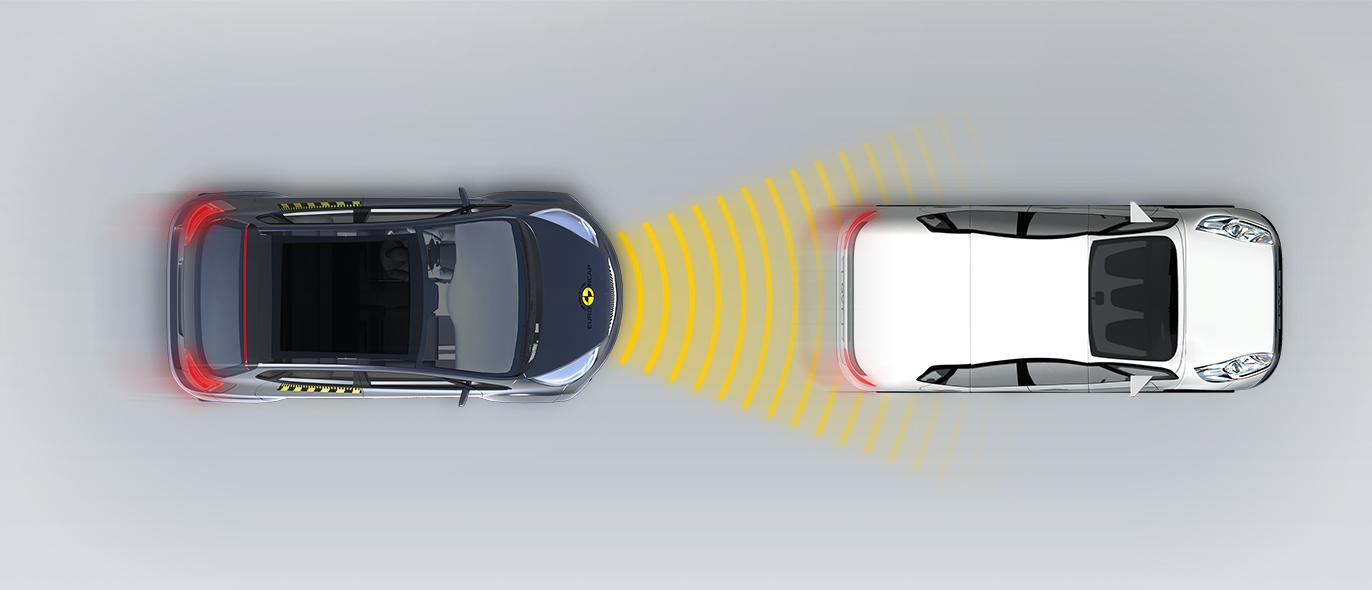
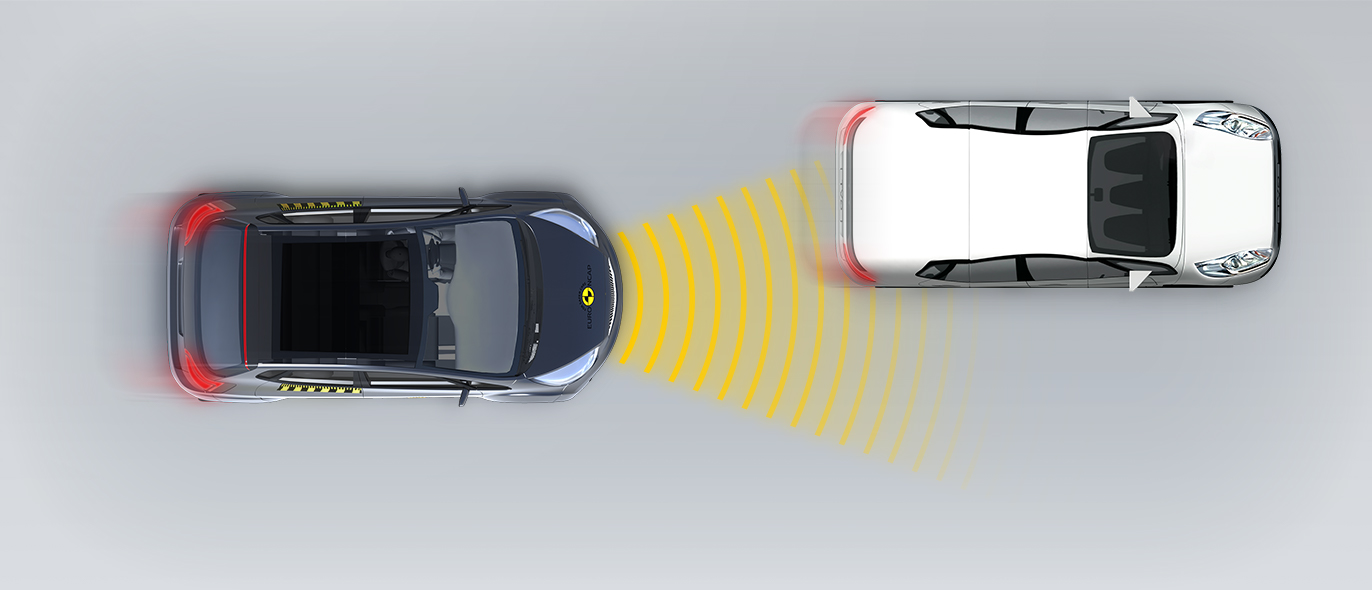


The passenger compartment of the 500e remained stable in the frontal offset test. Dummy numbers showed good protection of the knees and femurs of both the driver and passenger. On the driver’s side, some structures in the dashboard were considered to be potentially more aggressive if the occupants knees were to strike at a slightly different location and protection was rated as adequate. Analysis of the deceleration of the impact trolley during the test, and analysis of the deformable barrier after the test, revealed that the 500e would be a moderately benign impact partner in a frontal collision. In the full width rigid barrier test, protection of the chest of both the driver and rear passenger was rated as marginal, based on readings of chest compression. All other critical body areas were rated as good or adequate. In both the side barrier test and the more severe side pole impact, protection of all critical body regions was good and the 500e scored maximum points. Limitation of occupant excursion - the extent to which the occupant is flung to the other side of the vehicle in a side impact - was rated as poor. The 500e is not equipped with a counter-measure to protect against occupant to occupant injuries in side impacts. Tests on the front seats and head restraints demonstrated good protection against whiplash injures in the event of a rear-end collision. A geometric assessment of the rear seats also indicated good whiplash protection. The 500e does not have an advanced eCall system to alert the emergency services in the event of a collision, nor a system to prevent secondary impacts.